Alibaba.com showcases a diverse range of solar panel production equipment, catering to various manufacturing needs. Among the offerings, one can find the PV solar panel laminator, a crucial machine for the lamination process in solar panel manufacturing. This machine ensures the layers of the solar panel are sealed properly to protect against environmental factors.
For businesses looking to scale up their production, there are complete solar panel manufacturing plants available. These plants come with automatic solar cells making machines, which are part of a manual photovoltaic panel solar production full line, designed for efficiency and scalability.
Cleaning and maintenance are also a part of the production line, with specialized solar panel cleaning washing machines. These machines, equipped with automatic roller brushes and double head robots, ensure that solar panels maintain their efficiency over time by keeping them clean from dust and debris.
Additionally, Alibaba.com lists various solar panel system kits, which include manufacturing machines for producing panels suited for home systems. These kits are designed to be comprehensive, providing all the necessary equipment to start or expand solar panel production.
Lastly, Alibaba.com's selection includes innovative solar panel production lines that incorporate radiant low-cost manufacturing equipment, capable of producing high-quality PV modules. These lines are designed to optimize the production process and enhance the overall output of solar panel manufacturing enterprises.
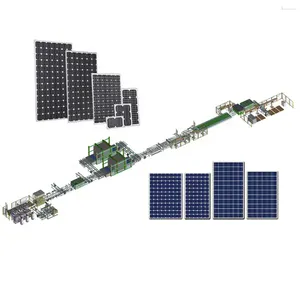




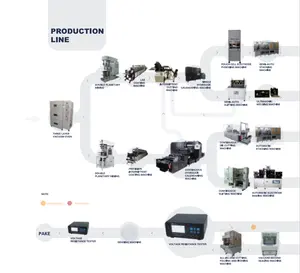







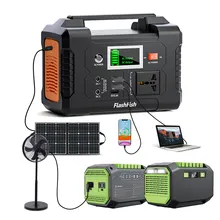




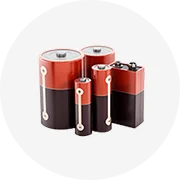
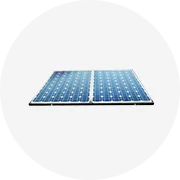
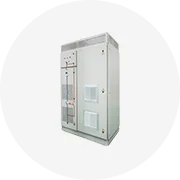
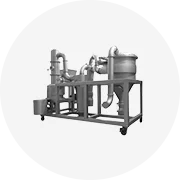
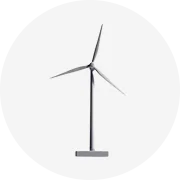
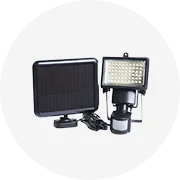
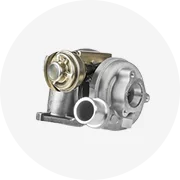
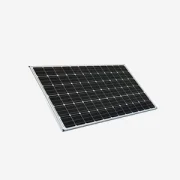











 浙公网安备 33010002000092号
浙公网安备 33010002000092号 浙B2-20120091-4
浙B2-20120091-4